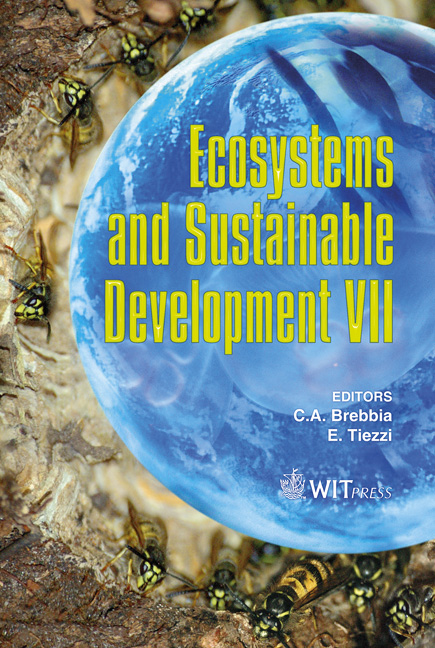Utilization Of Organic Refuse Compost For Agricultural Production On Material Recycling Society
Price
Free (open access)
Transaction
Volume
122
Pages
10
Page Range
513 - 522
Published
2009
Size
261 kb
Paper DOI
10.2495/ECO090471
Copyright
WIT Press
Author(s)
S. Mishima, A. Endo, Y. Shirato1 & S. D. Kimura
Abstract
We estimated the amount of compost derived from livestock excreta, food refuse and sewage sludge as possible industrial organic resources, and the capacity of farmland to utilize these composts on national and regional scales in Japan in 2005. Japan could produce 11.9 Tg, 5.8 Tg and 2.0 Tg of livestock manure, food refuse compost and sewage sludge compost, respectively. The amount of manure required to maintain soil fertility was calculated as 40.0 Tg cattle manure. This capacity would mean that farmland could utilize all organic refuse compost on a national scale, although the variation among regions in potential compost production and utilization capacity means that not all regions would be able to utilize all of their organic refuse compost. The potential for refuse recycling in regions with intensive livestock farming and/or a large population would be quickly exhausted. To reuse valuable fertilizer ingredients, especially phosphorus, in organic refuse, other means, such as extracting phosphorus from incineration ash and during sewage processing, should be considered. Keywords: livestock excreta, food refuse, sewage sludge, compost, farmland.
Keywords
livestock excreta, food refuse, sewage sludge, compost, farmland





